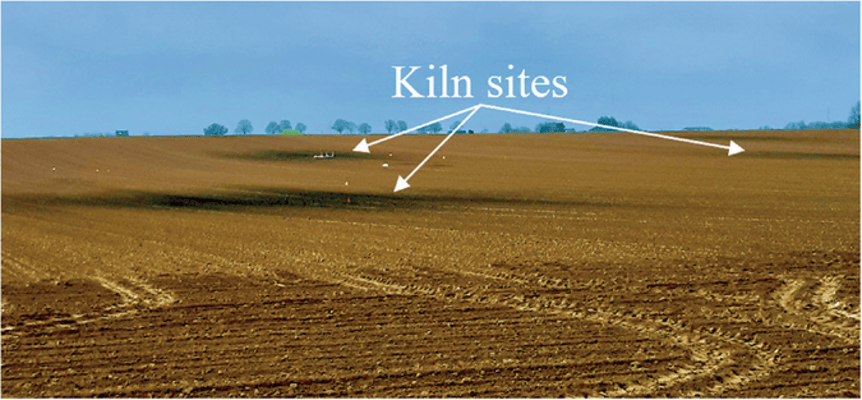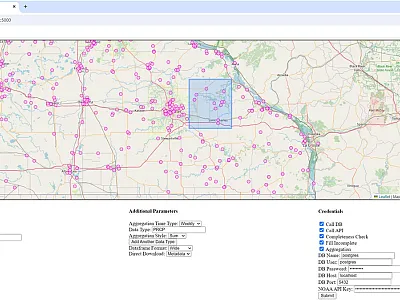Effect of Biochar Age and Concentration on Soil Physical Properties

Biochar is increasingly promoted as an amendment to improve soil physical quality. Nevertheless, the magnitude and underlying mechanisms of its impact remain debated and may depend on soil type, application rate, and biochar age.
To investigate, researchers compared the physical properties of biochar‐free soil and biochar‐enriched soil on two cultivated fields in Belgium with silt loam and sandy loam soils, respectively. The soils were either amended with fresh biochar (1 or 2%) or with century‐old biochar from kiln sites where charcoal was produced in the 19th century. The researchers also characterized the pore network of the biochar.
The application of fresh biochar improved the physical properties of both soils, which resulted from an improvement of soil structure rather than from the internal porosity of biochar. Biochar application rate and the century‐old biochar had limited impact. The researchers also found that the internal porosity of old biochar particles becomes inaccessible because of clogging by clay particles.
These findings contribute to a better understanding of the effects of biochar on soils. The results also highlight that biochar impact may fade overtime. Given the persistence of biochar in soils, there is a crucial need for biochar studies over intermediate time scales.
Adapted from
Zanutel, M., Garré, S., Sanglier, P., & Bielders, C. (2024). Biochar modifies soil physical properties mostly through changes in soil structure rather than through its internal porosity. Vadose Zone Journal, 23, e20301. https://doi.org/10.1002/vzj2.20301
Text © . The authors. CC BY-NC-ND 4.0. Except where otherwise noted, images are subject to copyright. Any reuse without express permission from the copyright owner is prohibited.







